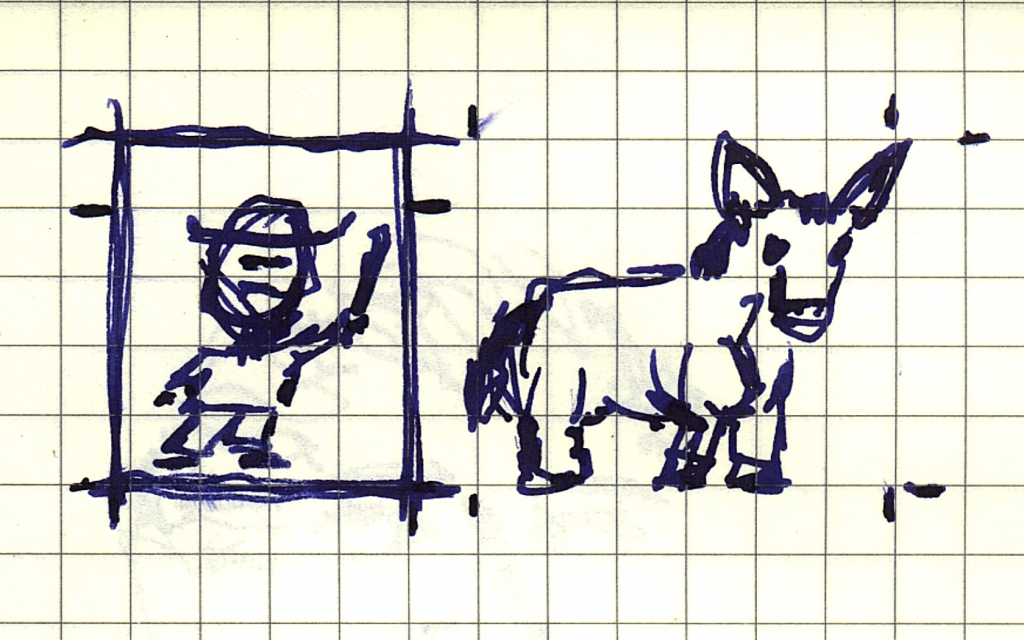-
At one and the same time I become in the sensation and something happens through the sensation, one through the other, one in the other. And at the limit, it is the same body that, being both subject and object, gives and receives the sensation. As a spectator, I experience the sensation only be entering…
-
http://video.ted.com/assets/player/swf/EmbedPlayer.swf rewindlove: TED / Talks Denis Dutton: A Darwinian theory of beauty TED collaborates with animator Andrew Park to illustrate Denis Dutton’s provocative theory on beauty — that art, music and other beautiful things, far from being simply “in the eye of the beholder,” are a core part of human nature with deep evolutionary origins.…
-
We work because it’s a chain reaction, each subject leads to the next. — Charles Eames I have a tendency to change up what I do frequently. In 2007, I designed books. In 2008, I was a user interface designer. In 2009, I was an illustrator. In 2011, I’m writing a book. The terminology I…
-
In 1969 Jasia Reichardt curated an exhibition at the Institute of Contemporary Art in London called Play Orbit. Although it has not achieved the landmark status of Reichardt’s Cybernetic Serendipity, which was presented in London a year earlier, it caught the intellectual and artistic mood of a newly emergent constituency of (largely British) artists who…
-
In 1969 Jasia Reichardt curated an exhibition at the Institute of Contemporary Art in London called Play Orbit. Although it has not achieved the landmark status of Reichardt’s Cybernetic Serendipity, which was presented in London a year earlier, it caught the intellectual and artistic mood of a newly emergent constituency of (largely British) artists who…
-
This thesis proposes that art created through the agency of a computer may be termed “Computer Art” and distinguished from all other forms of visual art by its computational basis. Computer Art is a significant development in the visual arts because the computer operates simultaneously as medium, tool and context, in addition to its organisational…
-
Ms. Huffington describes her ambivalence toward the appearance of new media in museums. She writes that museums are our place of departure and imagination, a respite from the rest of the world, and that social media as connection for connection’s sake is, in her words, pointless here. “At their best social media build community and…
-
Ms. Huffington describes her ambivalence toward the appearance of new media in museums. She writes that museums are our place of departure and imagination, a respite from the rest of the world, and that social media as connection for connection’s sake is, in her words, pointless here. “At their best social media build community and…
-
These moral and legal framings share a common philosophical root: the belief that creativity is an engine for human betterment (and possibly of divine origin). Creativity is considered the motive force behind ‘‘progress’’ – creative imagination is used to think up new technologies from cotton gins to Constitutions, from Internets to inoculations, with the potential…
-
Good movies aimed at adults tend to make their money more slowly than kid stuff, and they’re helped by good reviews and word of mouth, which, from a marketing standpoint, are impossible to engineer. That’s one reason studios would rather spend $100 million on a franchise film than a fraction of that on an original…
